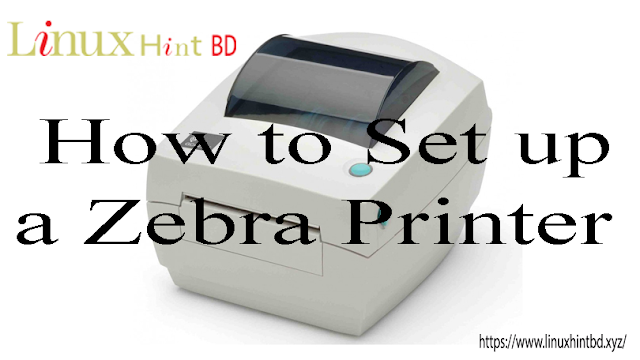Download Linux for Windows 10

What is a Linux Distribution?
Well, now as you know that Linux is open-source, free to use kernel. It is used by programmers, organizations, profit and non-profit companies around the world to create Operating systems to suit their individual requirements.
To prevent hacking attempts, many organizations keep their Linux operating systems private.
Many others make their variations of Linux available publicly so the whole world can benefit at large.
These versions/ types /kinds of Linux operating system are called Distributions.
How many distributions are out there?
There are hundreds of Linux operating systems or Distributions available these days. Many of them are designed with a specific purpose in mind. For example, to run a web server or to run on network switches like routers, modems, etc.
The latest example of one of the most popular smartphone-based Linux Distribution is Android!
The Best Linux Distribution!
The term best is relative. Each Linux distribution is built for a specific purpose-built to meet the demands of its target users.
The desktop Distributions are available for free on their respective websites. You might want to try them one by one till you get to know which Distribution you like the most. Each one of them offers its own unique design applications, and security.
We will be using Ubuntu for our learning purpose as it’s easy for a beginner to understand.
How to Install Linux
Let’s look the below Linux installation guide which has various methods we can use to Download Linux(Ubuntu) and install it.
Installing Linux using USB stick
This is one of the easiest methods of installing Ubuntu or any distribution on your computer. Follow the steps to install Ubuntu from USB.
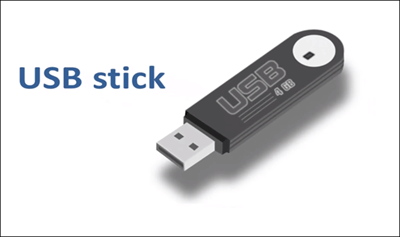
Step 1) Download required files.
Download the .iso or the OS files on your computer from this link.
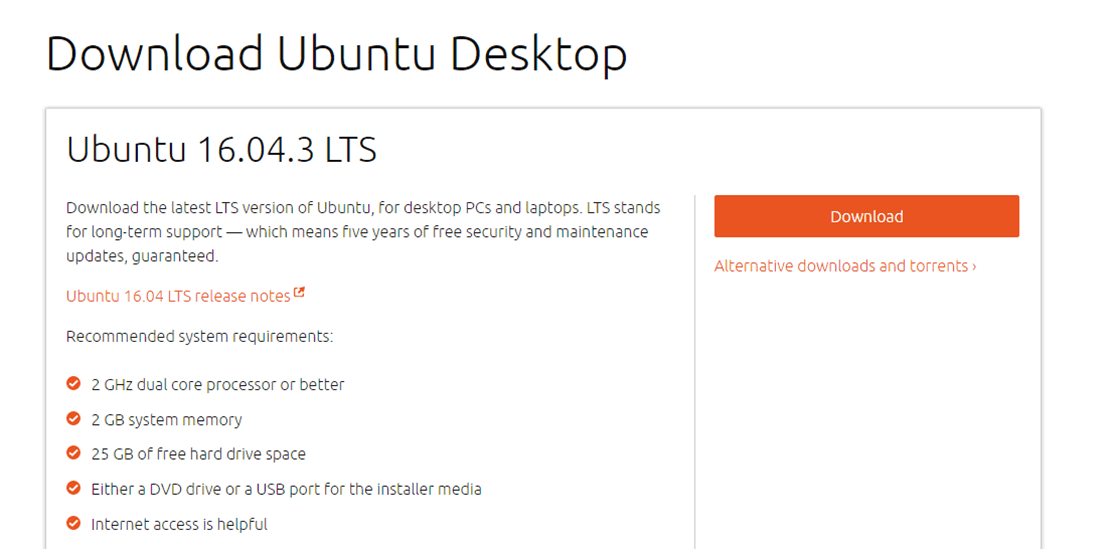
Step 2) Download Universal USB Installer.
Download free software like Universal USB installer to make a bootable USB stick.
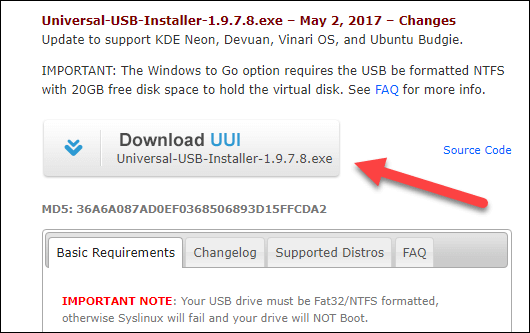
Step 3) Select Distribution.
Select an Ubuntu Distribution form the dropdown to put on your USB
Select your Ubuntu iso file download in step 1.
Select the drive letter of USB to install Ubuntu and Press create button.
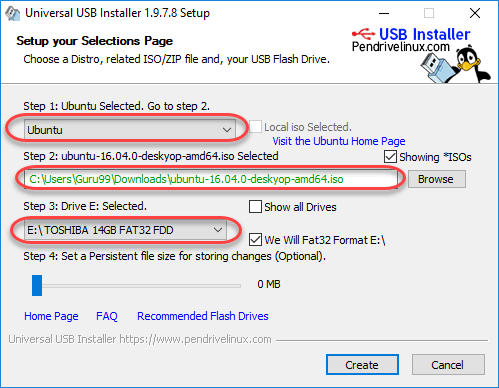
Step 4) Install Ubuntu.
Click YES to Install Ubuntu in USB.

Step 5) Check your window.
After everything has been installed and configured, a small window will appear Congratulations! You now have Ubuntu on a USB stick, bootable and ready to go.
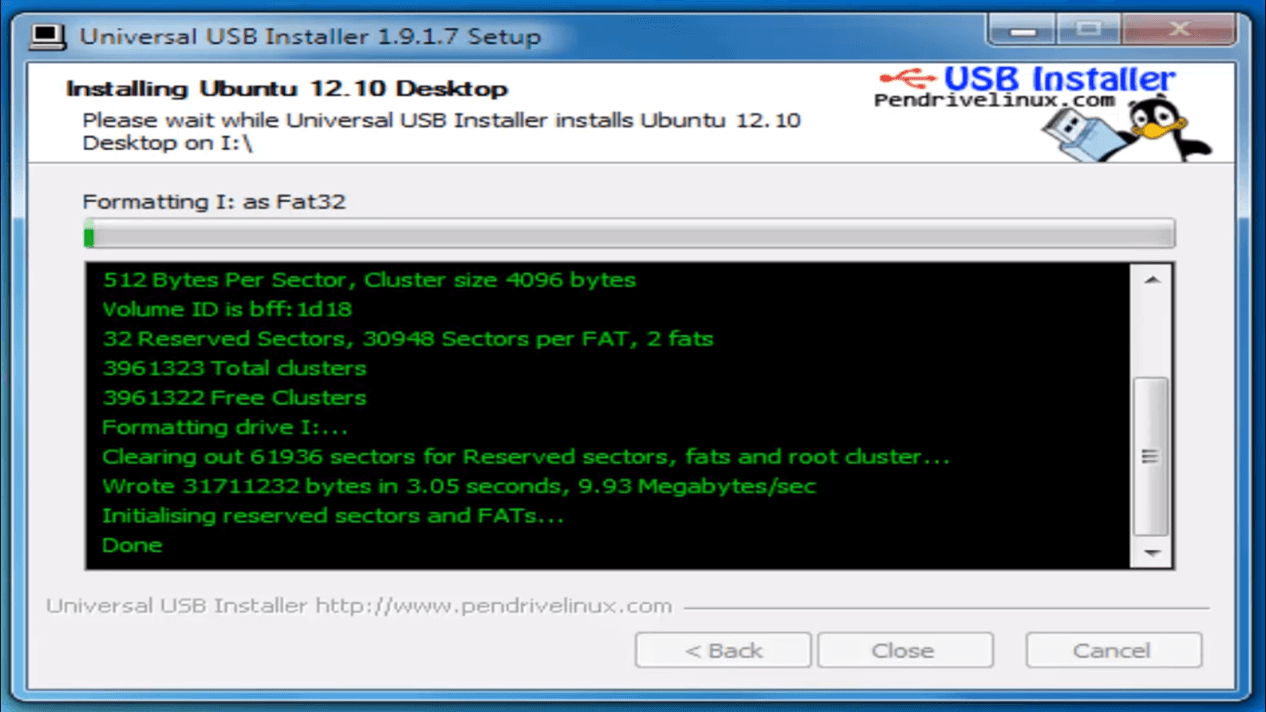
Installing Linux using CD-ROM
Those who like the way a CD runs should try using this method.
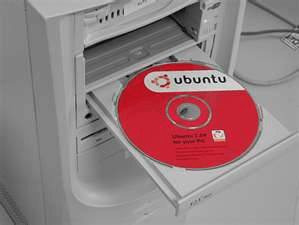
Step 1) Download the .iso or the OS files onto your computer from this link http://www.ubuntu.com/download/deskt
Step 2) Burn the files to a CD.
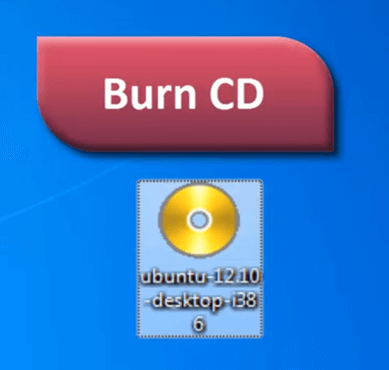
Step 3) Boot your computer from the optical drive and follow the instructions as they come.
Installing Linux using Virtual Machine
This is a popular method to install a Linux operating system. The virtual installation offers you the freedom of running Linux on an existing OS already installed on your computer. This means if you have Windows running, then you can just run Linux with a click of a button.
Virtual machine software like Oracle VM can install Linux on Windows in easy steps. Let us look at them.
Here the brief steps

PART A) Download and Install Virtual Box
Download Virtual box using this link
Depending on your processor and OS, select the appropriate package. In our case, we have selected Windows with AMD
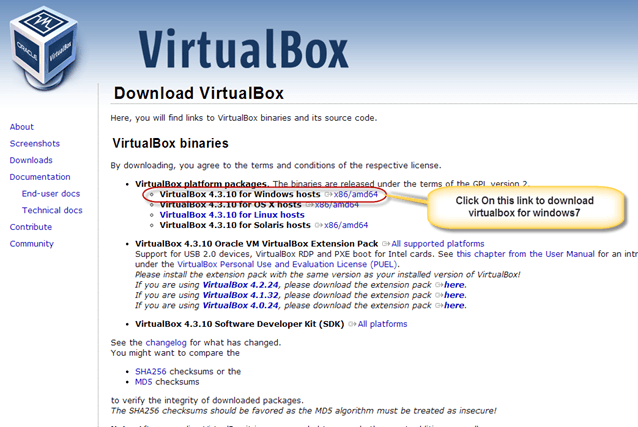
Once the download is complete, Open setup file and follow the steps below:
Step-1) Click On next
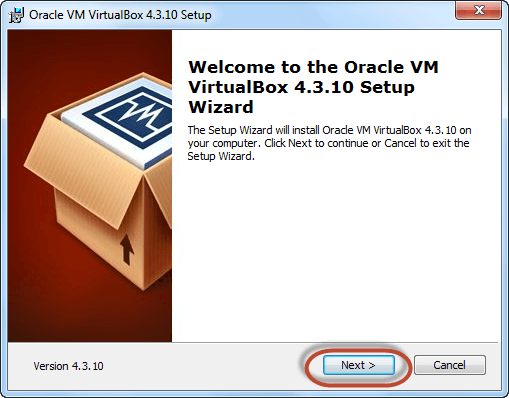
Step-2) Select you’re the directory to install VirtualBox and click on next
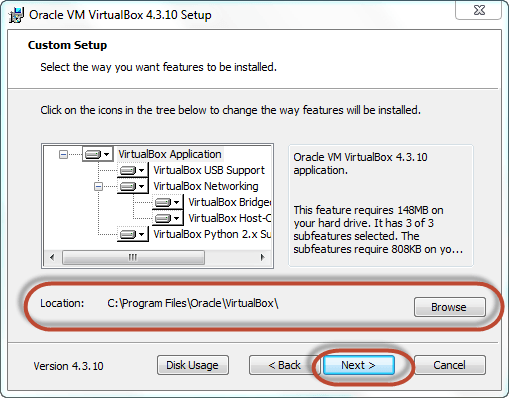
Step-3) Select Desktop icon and click on next, now click on yes
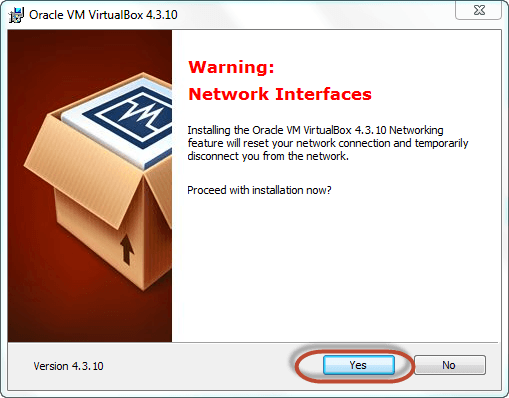
Step-4) Click On install to install Linux on Windows.
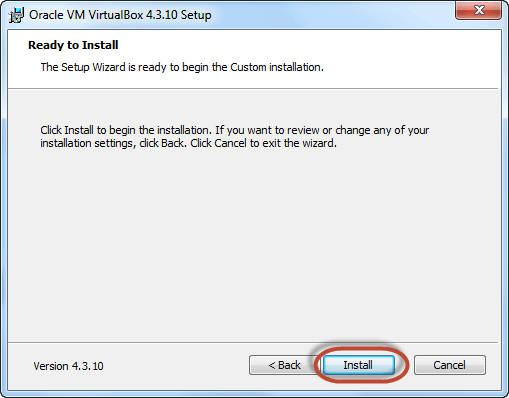
Step-5) Now installation of the virtual box will start. Once complete, click on Finish Button to start Virtual Box
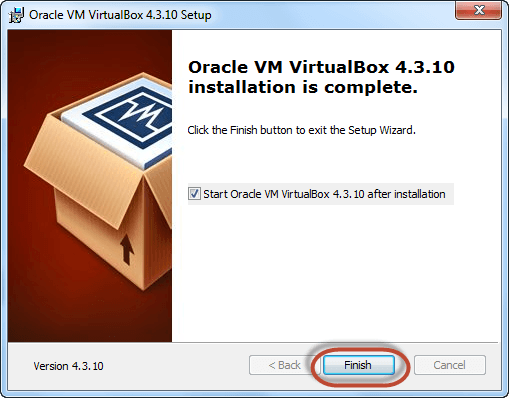
The virtual box dashboard looks like this-
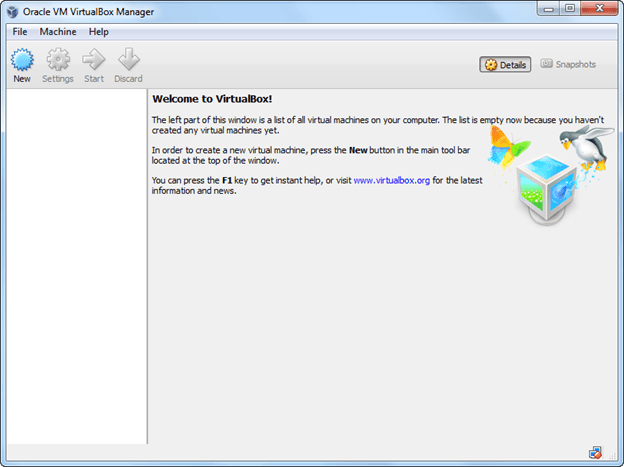
PART B) Download Ubuntu
Visit this link to download Ubuntu.
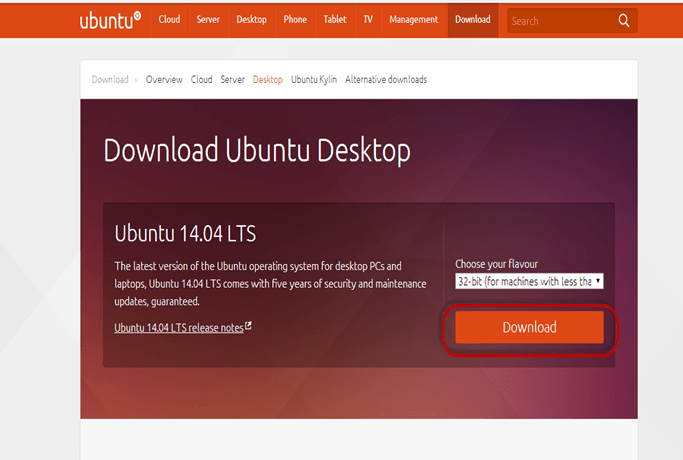
You can select 32/64-bit versions as per your choice.
PART C) Create a Machine in Virtual Box
Step-1) Open Virtual box and click on new button
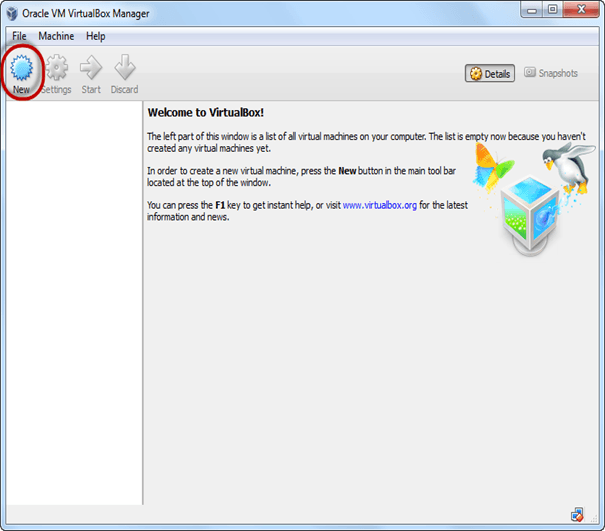
Step-2) In next window, give the name of your OS which you are installing in virtual box. And select OS like Linux and version as Ubuntu 32 bit. And click on next

Step-3) Now Allocate Ram Size To your Virtual OS. I recommended keeping 1024mb (1 GB) ram to run Ubuntu better. And click on next.
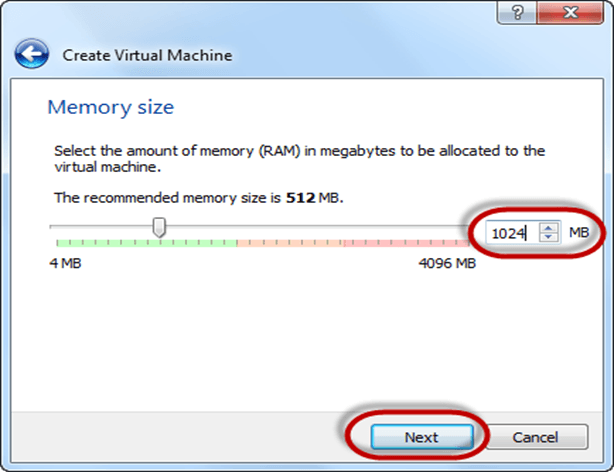
Step-4) Now To run OS in virtual box we have to create virtual hard disk, click on create a virtual hard drive now and click on create button.
The virtual hard disk is where the OS installation files and data/applications you create/install in this Ubuntu machine will reside
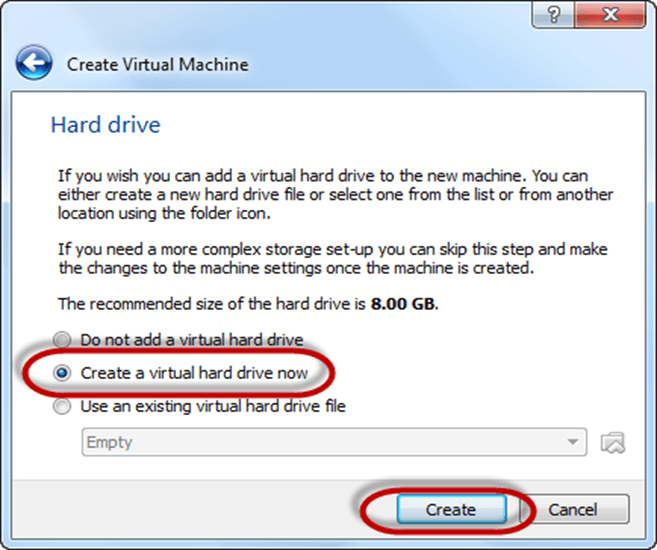
Step-5) select VHD (virtual hard disk) option and click on next.
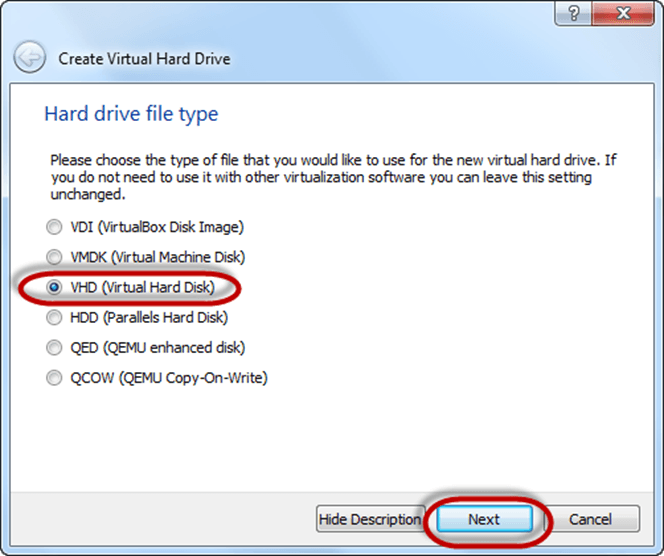
Step-6) Click on dynamic allocated and click on next. This means that the size of the disk will increase dynamically as per requirement.
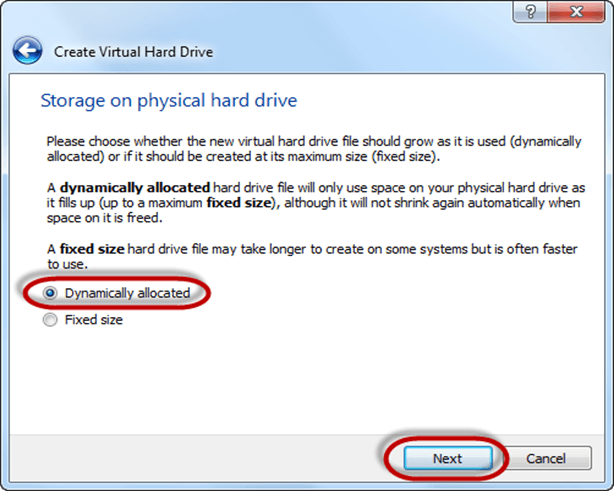
Step-7) Allocate memory to your virtual hard drive .8GB recommended. Click on create button.
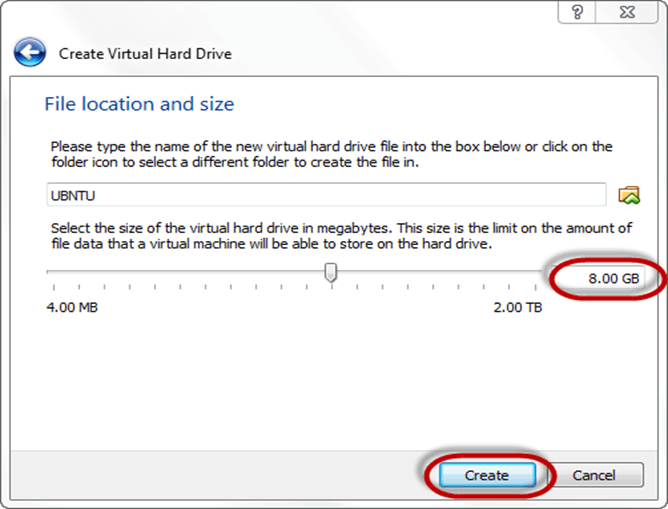
Step-8) Now you can see the machine name in left panel
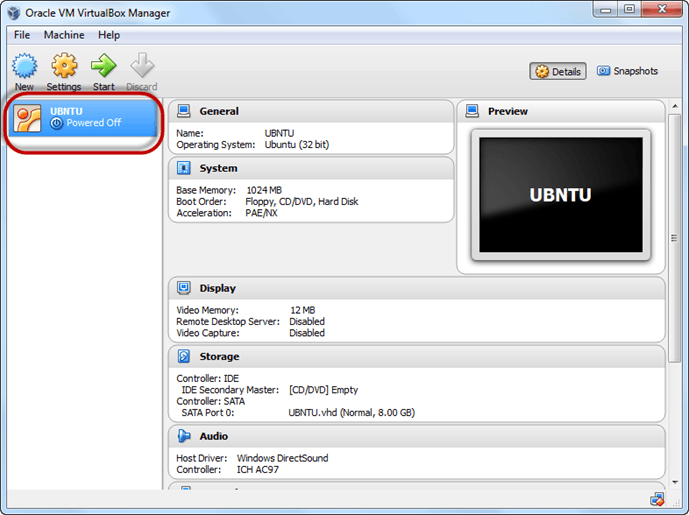
So a Machine (PC) with 8GB Hardisk, 1GB RAM is ready.
PART D) How to Install Ubuntu
Step 1) Select the Machine and Click on Start
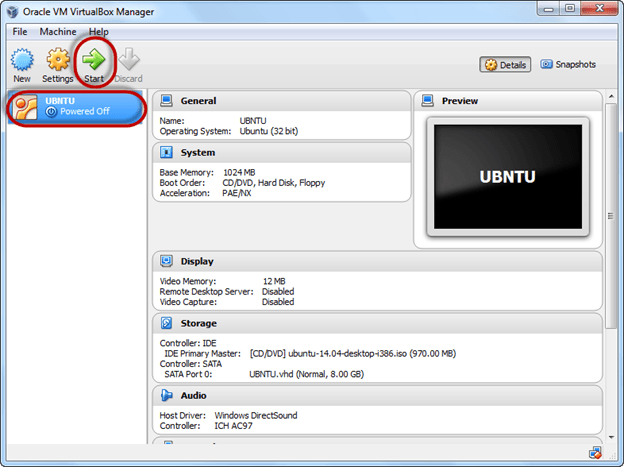
Step 2) Select the Folder Option
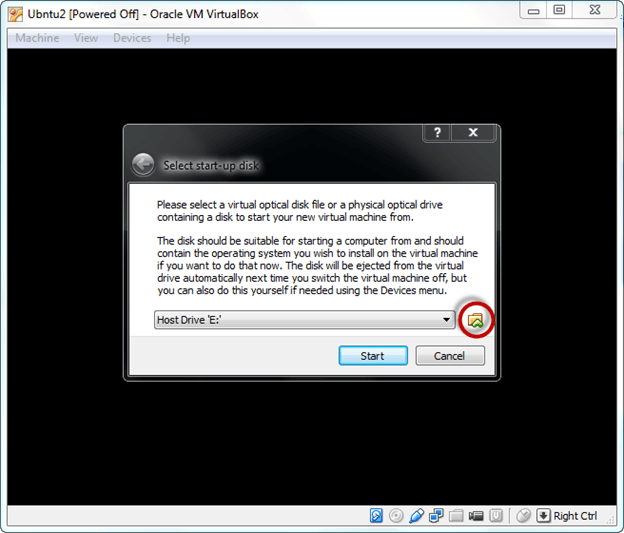
Step 3) Select the Ubuntu iso file
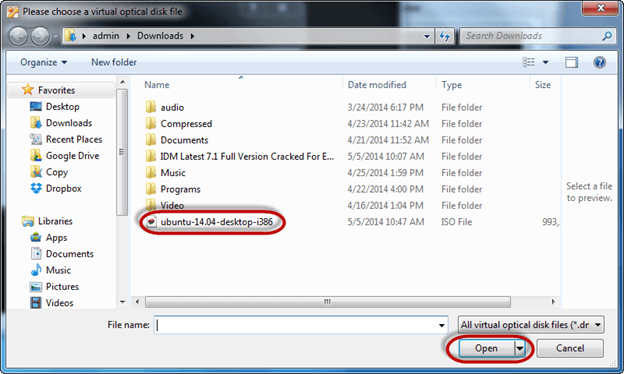
Step 4) Click Start

Step-5) You have an option to Run Ubuntu WITHOUT installing. In this tutorial will install Ubuntu
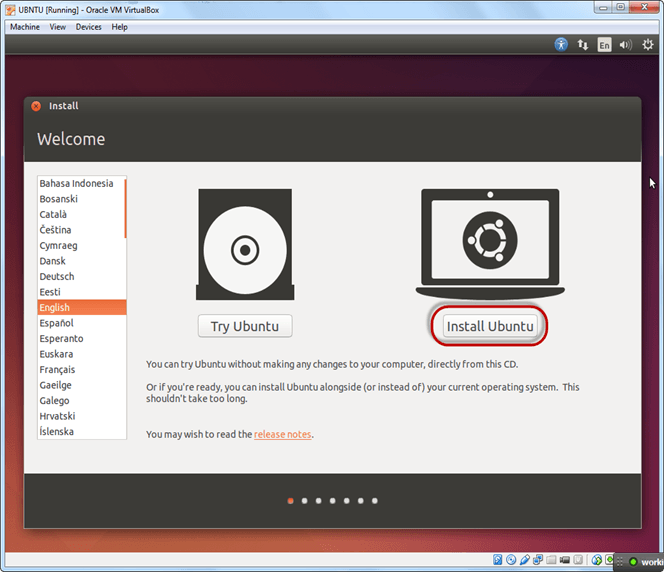
Step-6) Click continue.
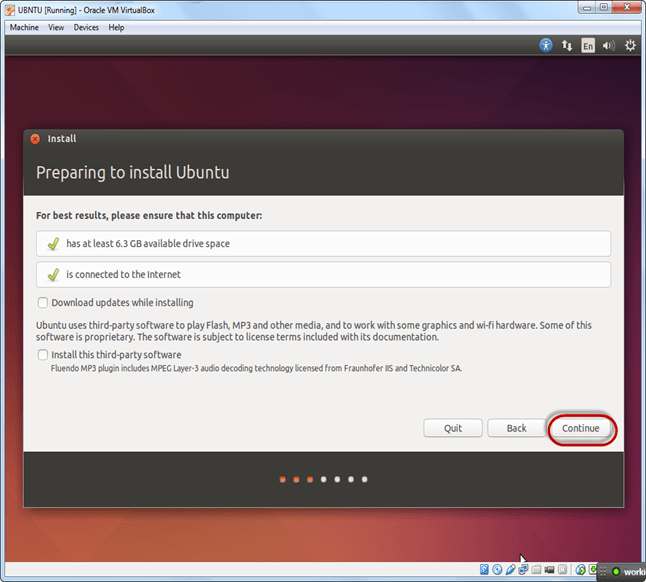
Step-7) Select option to erase the disk and install Ubuntu and click on install now. This option installs Ubuntu into our virtual hard drive which is we made earlier. It will not harm your PC or Windows installation
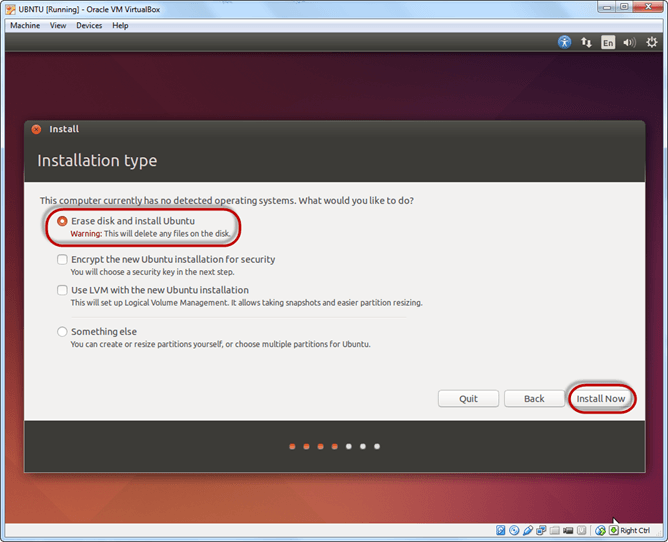
Step-8) Select your location for setting up time zone, and click on continue
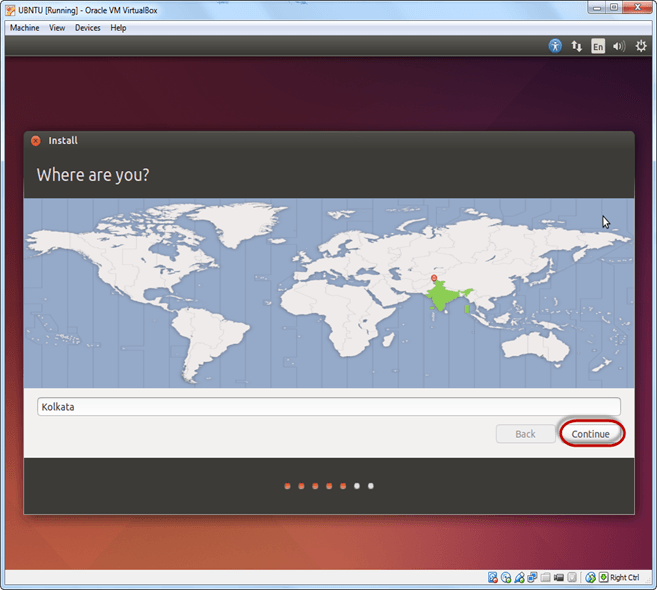
Step-9) Select your keyboard layout, by default English (US) is selected but if you want to change then, you can select in the list. And click on continue
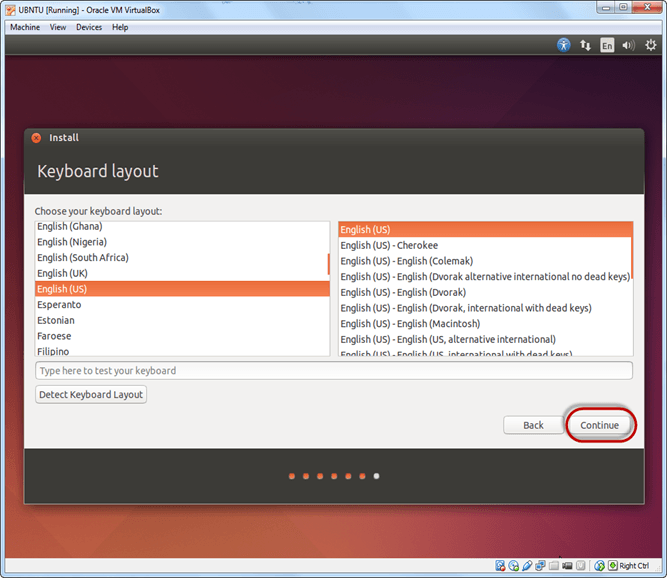
Step-10) Select your username and password for your Ubuntu admin account. This information has been needed for installing any software package into Ubuntu and also for login to your OS. Fill up your details and tick on login automatically to ignore login attempt and click on continue
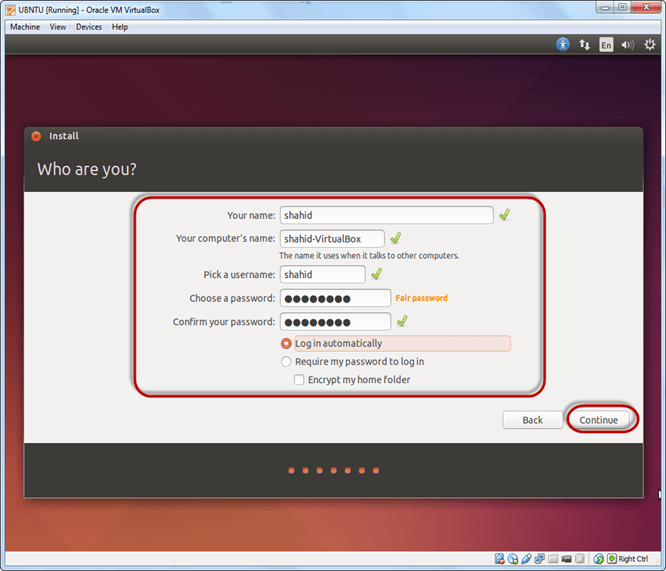
Step-11) Installation process starts. May take up to 30 minutes. Please wait until installation process completes.
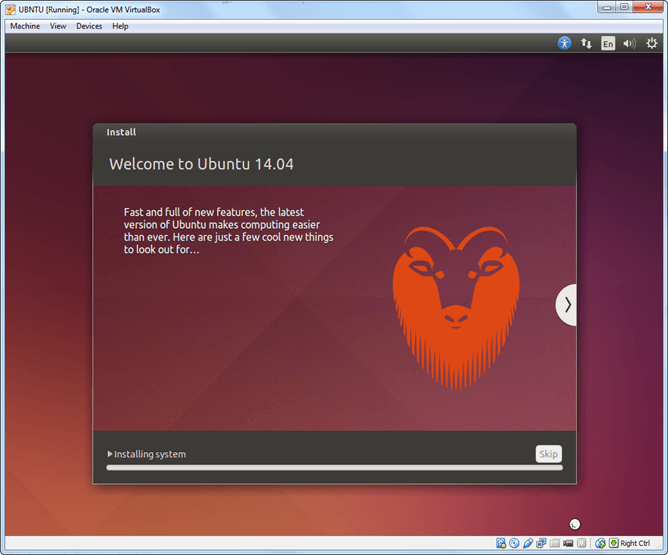
Step-12) After finishing the installation, you will see Ubuntu Desktop.
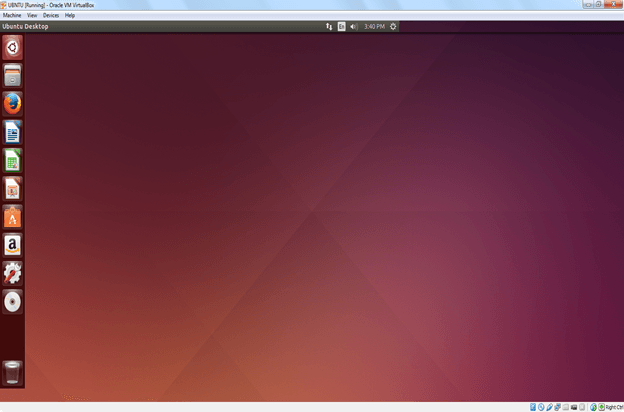
Summary
- An operating system based on the Linux kernel is called a Distribution or Distro
- There are hundreds of Distributions available, some of which are designed to accomplish a sole purpose like running servers, act as network switches, etc.
- Naming the best Linux Distribution is difficult as they are made for different.
- Linux can be installed on your system via the below-mentioned methods:
- USB stick
- Live CD
- Virtual Installation







